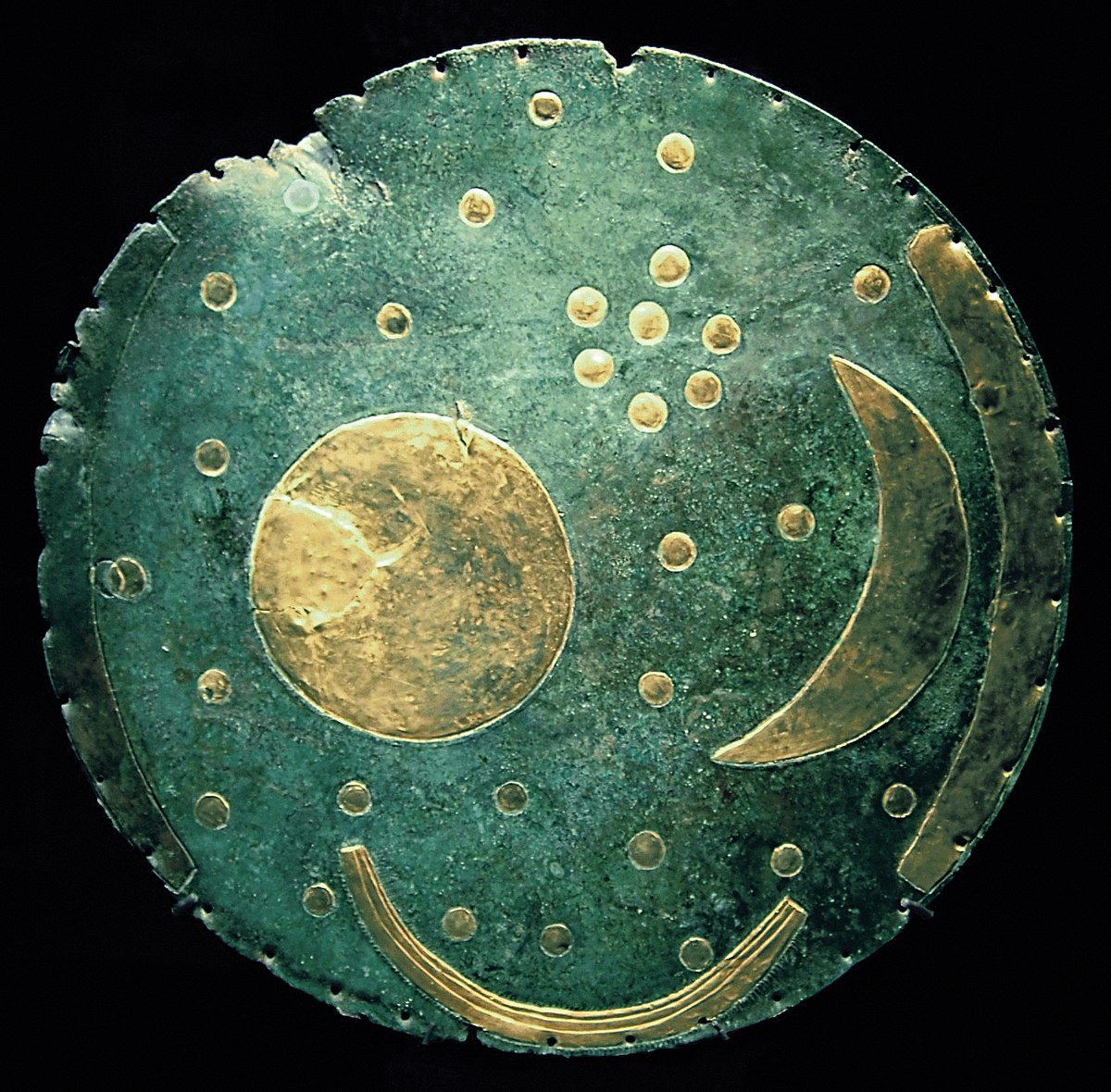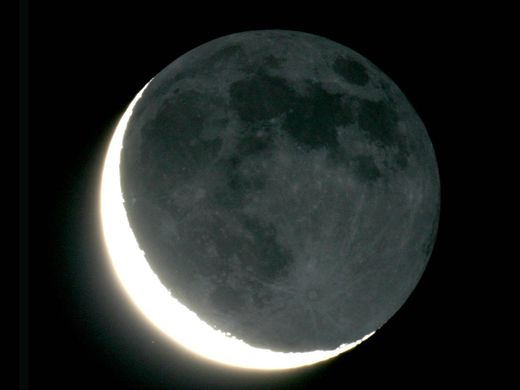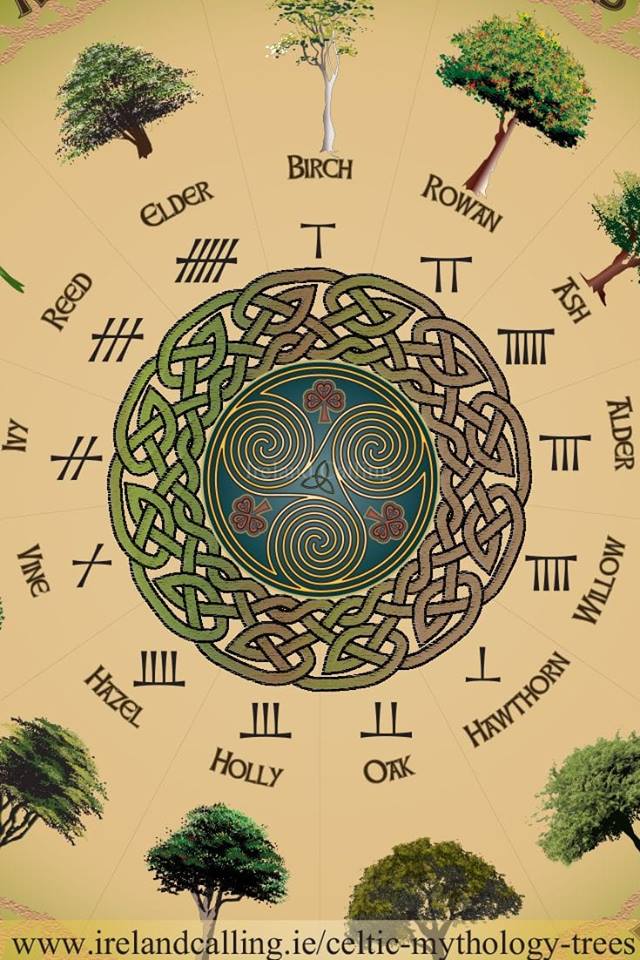If you become interested in lunisolar calendars you will undoubtedly come across the Metonic system which is defined rather simply.
Page 2 of 3
In my last article in this series I discussed a number of prehistoric calendar sites that show that early humans were concerned with reconciling the movements of the sun and moon in order to follow a lunisolar calendar.
The Druidcraft calendar can be used for many additional purposes beyond being a simple calendar. In this article I would like to explain how the calendar can be used as a very simple clock for roughly telling the time.
If you spend any time following this calendar you may have noticed over the last month that there have been a number of updates to the online calendar application. Importantly the way that months, years and leap months work has undergone some changes, and in this post I would like to explain why.
It has now been over a year since the Druidcraft Calendar was first conceived. In that time I have spoken to a lot of people and tried to spread the word far and wide in order to get as much feedback on the calendar as I can. Overall this feedback has been positive. Every so often though, someone takes the time to really look at the calendar and offers valuable feedback on the system itself.
In this article I would like to discuss the naming of moons, and the importance of Blue Moons in doing so. I will also share some of the various names for the full moons or months in a year recorded by different cultures around the world. It is easy in this day and age to get caught up in the media popularization of “super blood wolf moons”, but often these terms such as “wolf moon” are borrowed from specific individual cultures. This is done without any knowledge of where the term came from, or the meaning, associations and beliefs behind the term by most people. So rather than fall victim to accusations of cultural appropriation I thought I would post about the names for moons used by other cultures, and some of the difficulties in naming full moons in a calendar system.
I have decided to create a series of posts about calendars throughout history. In doing so I hope to both learn more about calendars myself, and also create a repository of information for other people who might take an interest in this subject in the future. I want to say right up front that I am neither a historian, an astronomer, nor any kind of an expert on calendars. I am simply someone who took an interest in the subject one day. In this first article, I am going to cover the truly ancient calendars before I move on to the ones we have better records for such as the Egyptian, Greek and Roman calendars.
There are a number of examples online regarding a 28-day 13 month lunisolar calendar with an extra day. This post will explain why this calendar is a modern invention, and has no historical basis.
You have probably seen the posts being shared regarding the upcoming “super blood wolf moon” on the 21st of January, and as usual people are getting excited about “what it means” and planning rituals, but have you ever stopped to think why is it called a super blood wolf moon? Is that name meaningful to your practice, or is it misleading? From a druid perspective, and indeed I would suggest the vast majority of other people too, the name is entirely superficial. Let us dissect the name and see what it means to us in our quest for knowledge and truth.
Predicting the eclipses
As the sun peg comes into alignment with the descending node peg, the Druidcraft Calendar indicated to us that an eclipse season is almost upon us.







